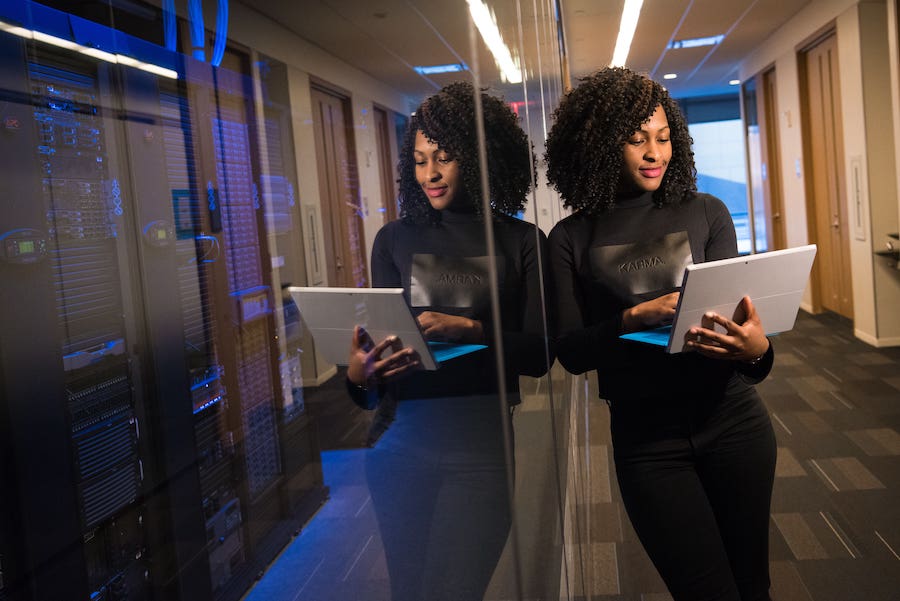Dr Kim. Oosthuizen, Head of Artificial Intelligence, SAP ANZ shares how we can support more opportunities for women to enter careers in STEM.
What leaps to mind when you’re asked to picture a scientist? Or a software developer or technology executive? For too many, the image remains rooted in old stereotypes that are biased across intellect, social skills, racial or ethnic groups, and gender.
According to the most recent STEM Equity Monitor, despite a 68 per cent increase in the number of women in STEM-qualified positions, just 15 per cent of those jobs are held by women. For one of the fastest moving and most exciting areas in all of business today, the way we think about who gets to drive the STEM-powered revolution is moving remarkably slowly.
Fortunately, this year’s federal budget outlines $38.2 million dedicated to creating a more diverse workforce across quantitative and analytical fields, and it’s reassuring to see the government taking steps to enable effective change. At this moment when artificial intelligence (AI) is accelerating to underpin so many aspects of digital life, we need diverse participation in how it’s developed more than ever before.

Perception is crucial in making science and technology careers attractive to a wider range of people. The government’s Pathway to Diversity in STEM Review highlights this by challenging our views. Rather than focusing on the subjects of science, technology, engineering, and mathematics, we need to show what careers in these fields can achieve for society. Interestingly, the report revealed many perceive science and technology as doing ‘boring, uninteresting work in unpleasant surroundings, cut off from other people”. This couldn’t be further from the truth.
As an AI leader and a social scientist, I bring a unique perspective to the intersection of humans and AI, recognising that the majority of work is fundamentally human-centric. By focusing on how AI can improve user experience and how we work, I help identify areas where AI can improve working practices and the training or retraining needed for AI to align more closely to user needs. This human-focused approach ensures AI is adaptable and responsive. My job is not only people oriented, but fast paced and exciting.
Providing visibility to younger women and girls about what a career in science and technology can look like can inspire them to believe they can achieve similar success, and this is incredibly important because diversity is essential across all business sectors, especially AI.
Whilst providing more encouragement in STEM education at school and better pathways into it for school leavers helps at a generational level, we need to be changing faster. How do we support more opportunities for women to enter careers in AI, science and technology? My own journey began in retail planning and supply chain management, but then as I got curious about how advanced technologies in retail including AI can change how we work, I knew that I really wanted to focus the next phase of my career in helping organisations adopt AI responsibly.
This is where I see one of the greatest opportunities for the new funding, and to provide support that will deliver immediate results. Providing more training or work experience for mid-career women in data science and AI is a win for their current work and their own future potential. But it also expands the field of mid-level and senior women in the field, adding their diverse perspectives and creating more visibility for those to follow.

At SAP, we collaborate with educators to design and deliver curriculums that provide workplace-ready skills essential for implementing new technologies. Partnering with institutions like TAFE NSW and Victoria University, we focus on upskilling individuals, benefiting them, their employers, and the economy as businesses grow.
By integrating these training courses with initiatives to encourage women’s participation, we can significantly increase their involvement. After all, we need more women to be curious and interested in AI and show them how these programs can help them pursue their passions. It’s also crucial to extend these opportunities to regional and remote communities, allowing women from diverse backgrounds to join in this exciting future.
I love my work and feel a duty to be a visible woman in AI, showing others that they are needed in the field too. STEM is about curiosity, observing the world and asking how we can do things differently. We need diverse perspectives to ask these questions, ensuring that technology, especially AI, reflects us all.





